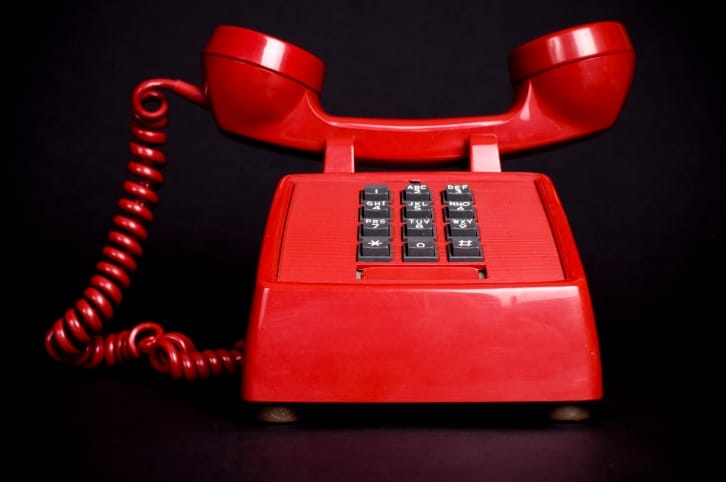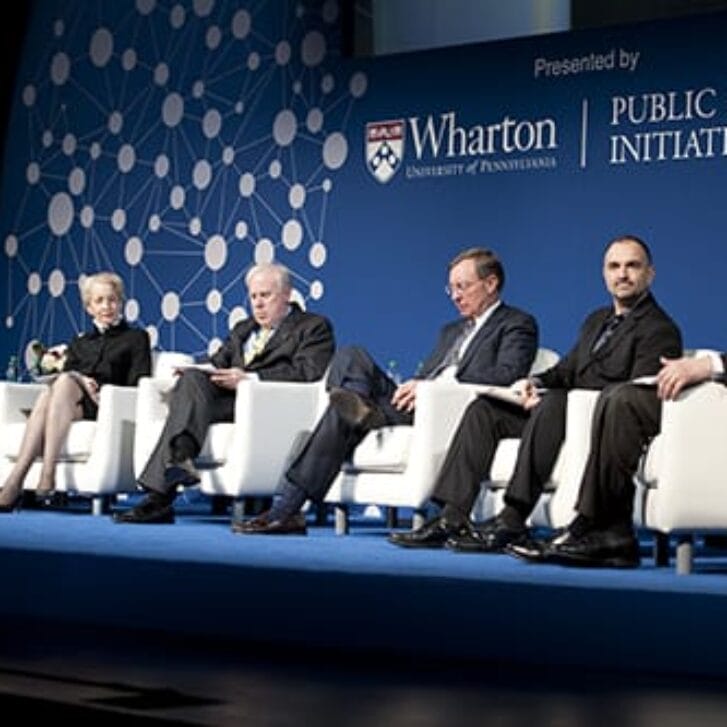The telephone is among the most profound inventions of the last 150 years. Without it, modern cities, transportation networks, corporations, law enforcement and many other attributes of the world we live in would not be possible. The ability, in the words of a famous AT&T slogan, to “Reach out and touch someone,” in real time, anywhere, has brought massive efficiencies to business and altered the fabric of social interaction. We have a hard time imagining a world without reliable, universal telephone service. Yet today, that is a real possibility.
Phones “just work” every day for billions of people around the world thanks to the cooperative efforts of many companies, often direct competitors. That infrastructure is called the Public Switched Telephone Network, or PSTN.
In just over a decade, there has been a massive shift away from the wireline PSTN. Today, substantially less than half of American households use it for their primary telephone connection. Subscribers are choosing to give up their conventional landline telephones and replace them with mobile phones and Voice over Internet Protocol (VOIP) services. The percentage of U.S. households with traditional phone service fell from 93 percent in 2003 to 25 percent in 2013.
The changeover from the PSTN to a broadband and wireless network of networks calls into question the regulatory and business structure of the telecommunications industry. That’s because under a series of decisions by the Federal Communications Commission, Internet-based systems aren’t subject to regulation as “telecommunications services,” even if they provide exactly the same functionality. This doesn’t seem like a much of a concession—except when something goes wrong.
When Superstorm Sandy barreled through the Eastern Seaboard, some people lost phone service for days because their non-PSTN networks had only limited backup power. On Fire Island, New York, where the wired infrastructure was wiped out, Verizon replaced it with a wireless product called VoiceLink that supposedly offered the same baseline functionality.
Residents were outraged when they discovered VoiceLink couldn’t support fax machines, medical monitoring devices, digital video recorders, credit card processing for small businesses, home alarm monitoring and many other functions they took for granted. Fortunately, Verizon had to file for approval from regulators, who launched public proceedings. Ultimately, Verizon bowed to the outrage and committed to replace the old wires with its fiber optic network.
Telephone companies rightly argue they shouldn’t be required to maintain an inefficient legacy network, nor should rules designed for an earlier era automatically apply. On the other hand, the fact that the industry is going through a transition doesn’t eliminate the social contract and the expectation of universal connectivity upon which PSTN was built.
There is room for a middle ground. The question is whether the industry and the FCC will step up to find it. The transition from analog to digital broadcast TV took almost 20 years of rancorous controversy, but it ultimately succeeded. Whether the PSTN transition has a similarly happy outcome is a question every consumer and company that uses a telephone or the Internet should be concerned about.

























